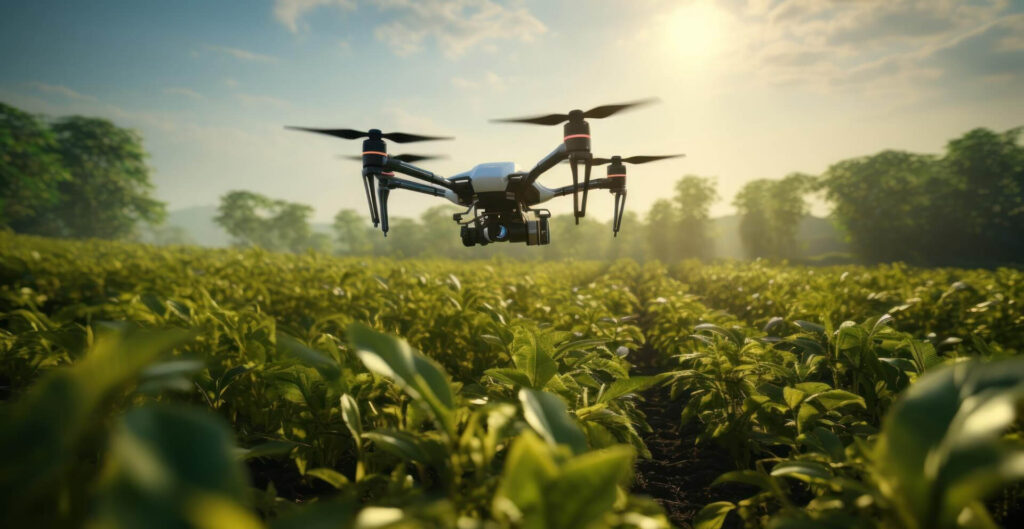
Drone photography and videography have experienced a meteoric rise in recent years, transforming the way we capture and perceive the world around us. Drones, or unmanned aerial vehicles (UAVs), equipped with high-resolution cameras and advanced stabilization technology, have opened up new creative possibilities for photographers, filmmakers, and content creators. Here, we explore the factors behind the rise of drone photography and videography, its applications, and its impact on various industries.
1. Technological Advancements
High-Resolution Cameras: Modern drones are equipped with cameras capable of capturing stunning 4K and even 8K video footage, along with high-resolution still images. These cameras often come with features such as adjustable apertures, wide dynamic range, and advanced color profiles, enabling professional-grade image quality.
Stabilization Systems: Gimbals and advanced stabilization systems ensure smooth and stable footage, even in windy conditions. This technology allows for cinematic shots that were once only possible with expensive and cumbersome equipment.
Autonomous Flight Modes: Many drones offer intelligent flight modes such as follow me, orbit, and waypoint navigation. These modes simplify complex shots, allowing creators to focus on their creative vision rather than manual piloting.
2. Accessibility and Affordability
Cost Reduction: The cost of high-quality drones has decreased significantly, making them accessible to amateur photographers and hobbyists. Entry-level drones offer impressive capabilities at a fraction of the price of traditional aerial photography methods.
User-Friendly Interfaces: Advances in user interface design have made drones easier to operate. Features such as obstacle avoidance, GPS stabilization, and return-to-home functions ensure that even beginners can capture stunning aerial footage safely.
3. Creative Possibilities
Unique Perspectives: Drones provide unique aerial perspectives that were previously unattainable. They can capture sweeping landscapes, dynamic cityscapes, and intricate architectural details from angles that ground-based cameras cannot.
Dynamic Movements: The ability to move fluidly in three dimensions allows for dynamic shots such as fly-throughs, tracking shots, and aerial pans. These movements add a cinematic quality to videos and create immersive viewing experiences.
Time-Lapse and Hyperlapse: Drones can capture time-lapse and hyperlapse sequences from the air, showcasing the passage of time in a captivating way. This is particularly effective for capturing natural phenomena such as sunsets, cloud movements, and urban activity.
4. Applications Across Industries
Film and Television: Drones have revolutionized the film and television industry by providing cost-effective aerial shots that enhance storytelling. They are used in everything from blockbuster movies to documentaries and TV shows, offering a level of production value that was once reserved for high-budget projects.
Real Estate: Real estate agents and developers use drones to create compelling property listings. Aerial footage showcases properties in context with their surroundings, highlighting features such as landscaping, location, and neighborhood amenities.
Tourism and Travel: The tourism industry leverages drone footage to promote destinations. Stunning aerial views of landscapes, landmarks, and cultural events entice travelers and provide a unique perspective on popular locations.
Events and Sports: Drones capture live events, sports competitions, and concerts from unique angles. They provide dynamic footage of action sports such as surfing, skiing, and mountain biking, bringing viewers closer to the excitement.
Environmental Monitoring: Conservationists and environmental researchers use drones to document natural habitats, track wildlife, and monitor ecological changes. Aerial imagery helps in assessing the health of ecosystems and planning conservation efforts.
5. Social Media and Content Creation
Viral Content: Drone footage has become a staple on social media platforms such as Instagram, YouTube, and TikTok. The visually striking nature of aerial shots makes them highly shareable, attracting large audiences and driving engagement.
Influencers and Vloggers: Travel influencers and vloggers use drones to enhance their content, providing viewers with breathtaking views and immersive experiences. This has become a key differentiator in a crowded content landscape.
6. Challenges and Considerations
Regulations and Safety: The rise of drone usage has led to the implementation of strict regulations to ensure safety and privacy. Operators must adhere to guidelines regarding flight altitude, no-fly zones, and drone registration. Understanding and complying with these regulations is essential.
Privacy Concerns: Drones can inadvertently invade privacy, capturing images and videos of private property or individuals without consent. Operators must be mindful of privacy laws and ethical considerations when flying.
Technical Skills: While drones are becoming more user-friendly, achieving professional-quality footage still requires technical skills and practice. Operators need to understand composition, lighting, and piloting techniques to make the most of their equipment.


